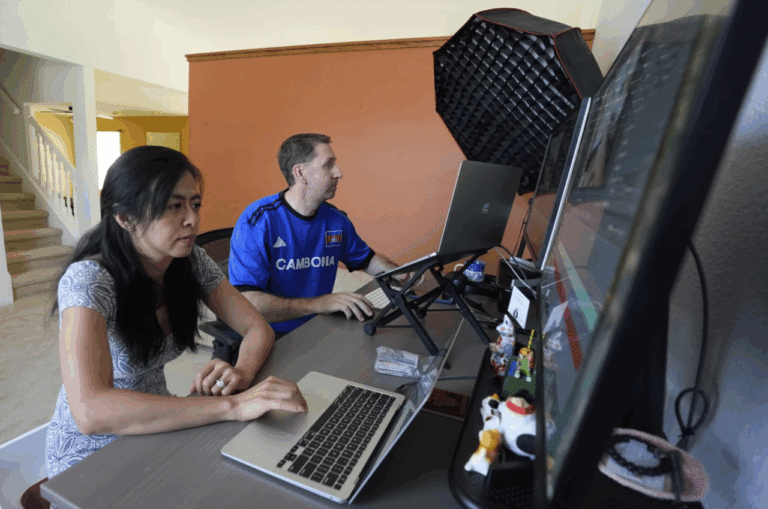Heidi Barley, a 41-year-old journalist from Orlando, Florida, has had a life journey marked by financial struggles. Watching her family use food stamps as a child and later dropping out of college due to tuition costs, life’s hardships continued when she took a pay cut in her twenties, leaving her with an annual salary of just $34,000. However, this summer, she celebrated an incredible milestone—becoming a millionaire.
The landscape of wealth in America is swiftly changing, with an increasing number of everyday people sizing up their net worth into the million-dollar realm—once restricted to celebrities and high-ranking executives. As the population of millionaires grows, so too does the perception of what it truly means to be rich in today’s economy.
“The term ‘millionaire’ has evolved. It now reflects a broader group of financially secure individuals rather than just those living in opulent estates,” explains Michael Ashley Schulman, Chief Investment Officer at Running Point Capital Advisors. Today, millionaires represent a new “mass-affluent middleweight class,” highlighting a shift in wealth distribution and lifestyle aspirations among Americans.
Factors like inflation, rising home values, and more individuals investing in the stock market have contributed to this rise in millionaires. According to a report from UBS, around 10% of American adults are now part of the seven-figure club, with 1,000 new millionaires added daily last year. This stark contrast to just 1.6 million individuals identified as millionaires by the IRS thirty years ago illustrates a nearly 15-fold increase in the U.S.
However, wealth remains unequally distributed, with the richest 10% of Americans holding two-thirds of the nation’s household wealth. In stark contrast, the bottom 50% possess only 3%, averaging a mere $60,000 in net worth. Racial disparities also exist, as Asian Americans surpass their white counterparts in median wealth, while Black and Hispanic communities continue to struggle.
Barley recalls receiving a $5,000 lump-sum payment after her newspaper terminated its pension plan. Encouraged by a colleague, she invested this amount into a retirement fund and has since saved diligently despite market ups and downs. This dedication eventually led her to realize she had reached a financial milestone when she excitedly shared the news with her husband.
Despite her newfound millionaire status, Barley emphasizes that her life has not drastically changed. Much of her wealth is tied up in long-term investments, and she continues to lead a modest lifestyle. Her journey illustrates that being a millionaire today is not as glamorous as it may seem, yet crossing this threshold is a significant achievement for many. As today’s millionaires navigate their financial futures, the common thread remains: diligence, prudent investing, and financial education are keys to success.

